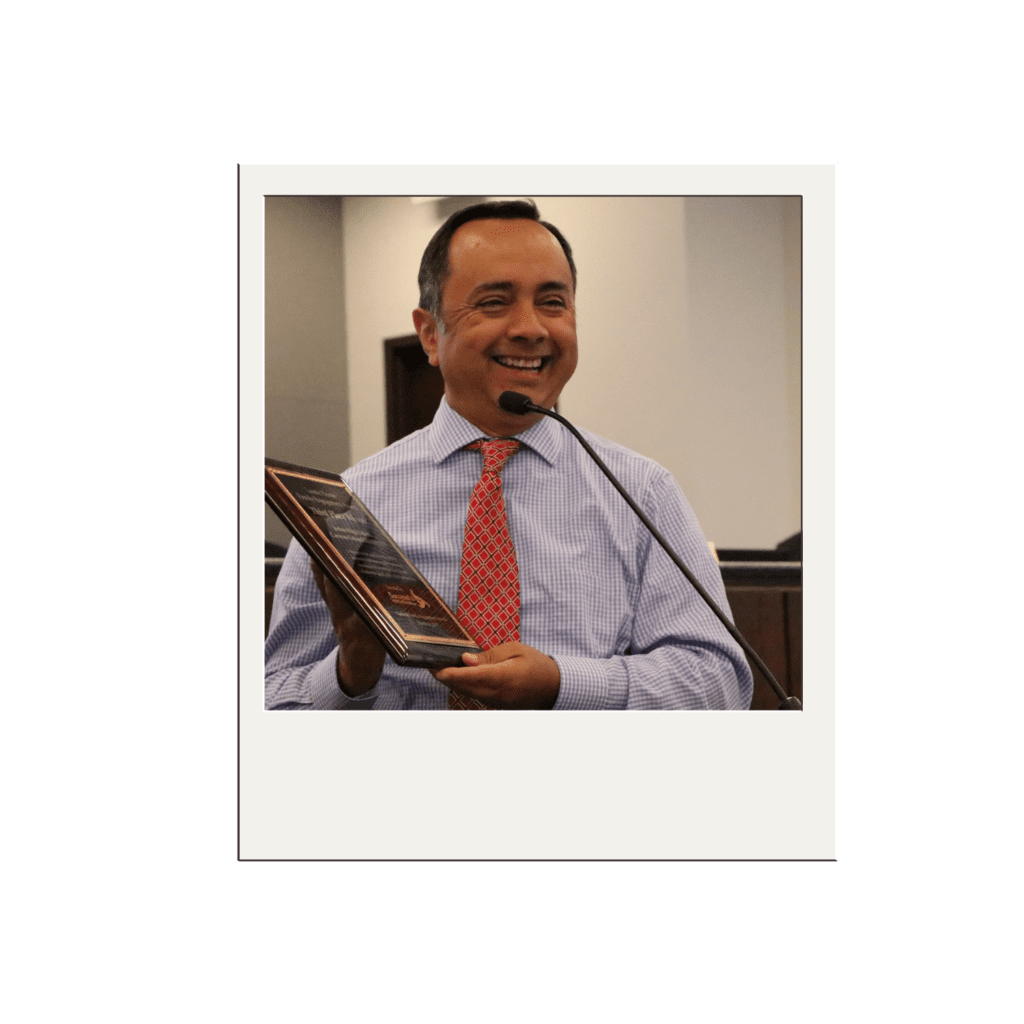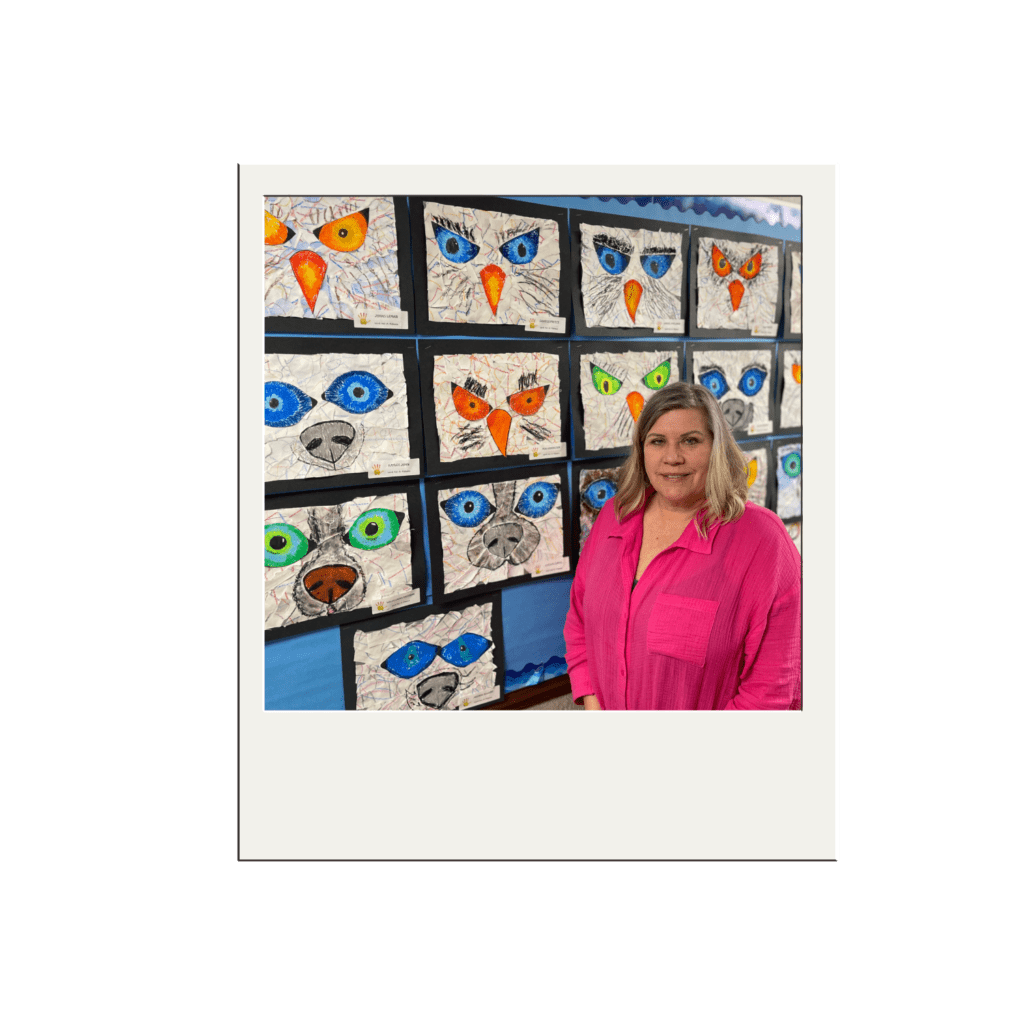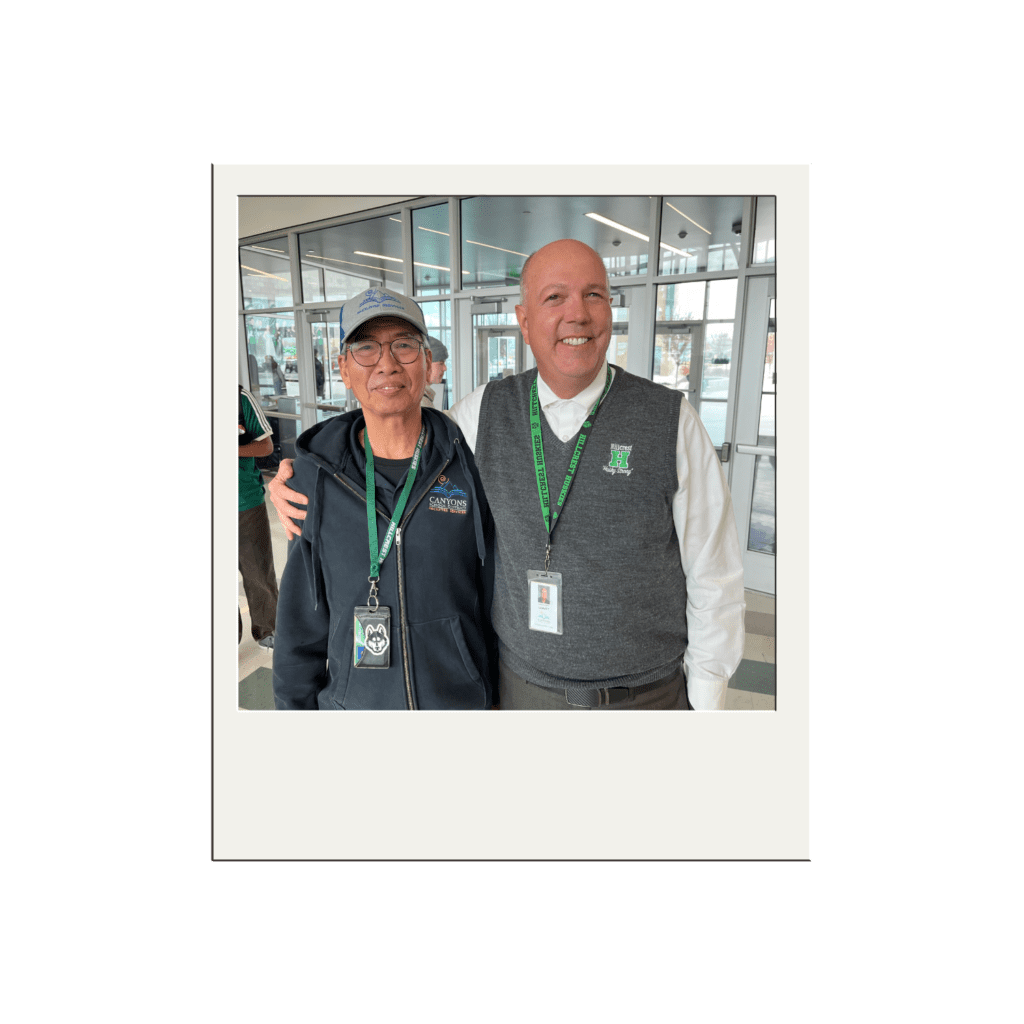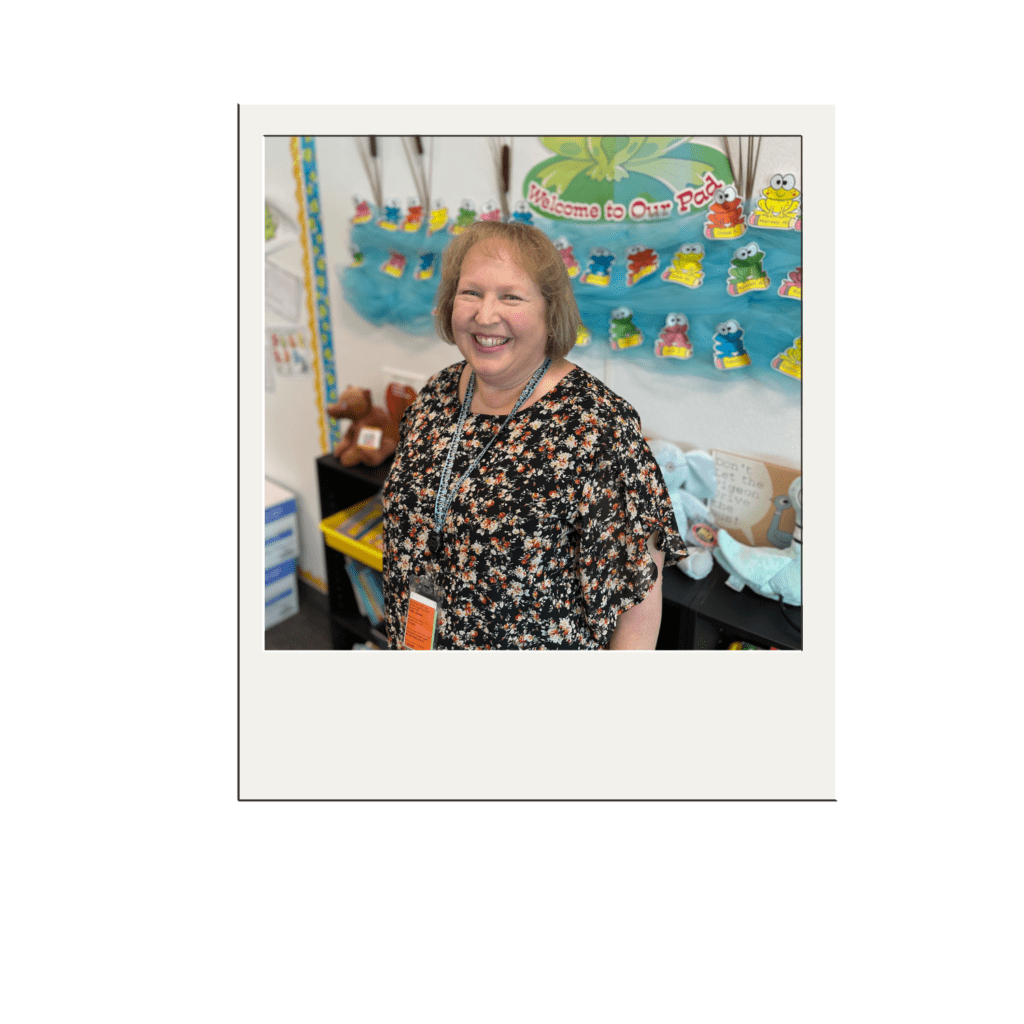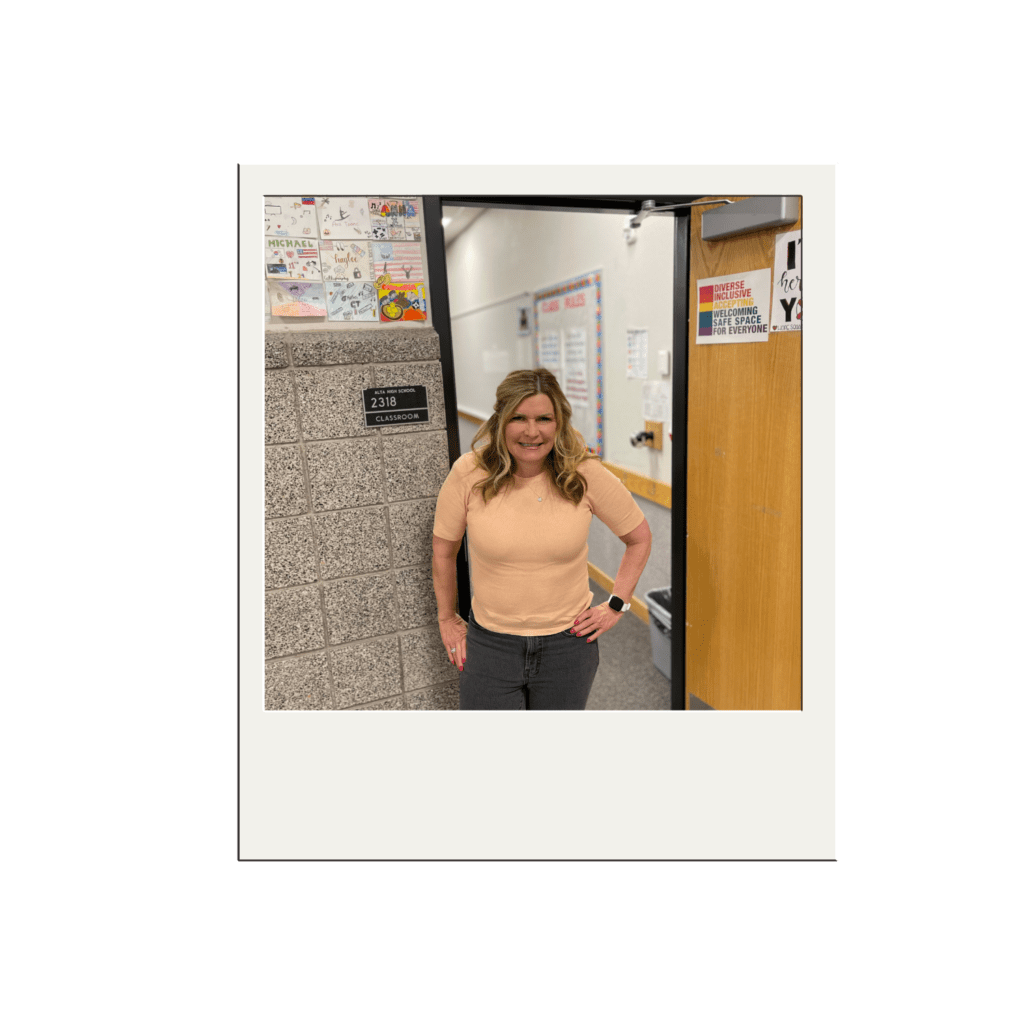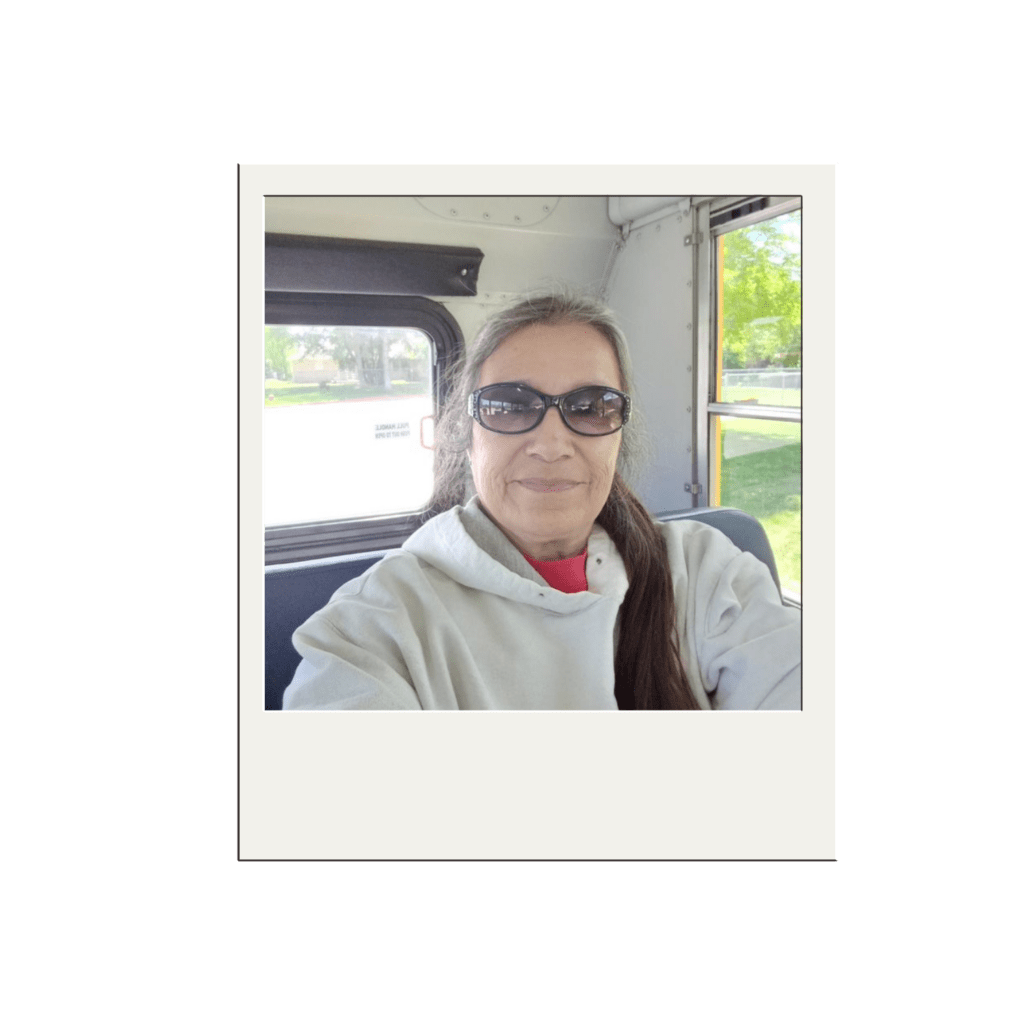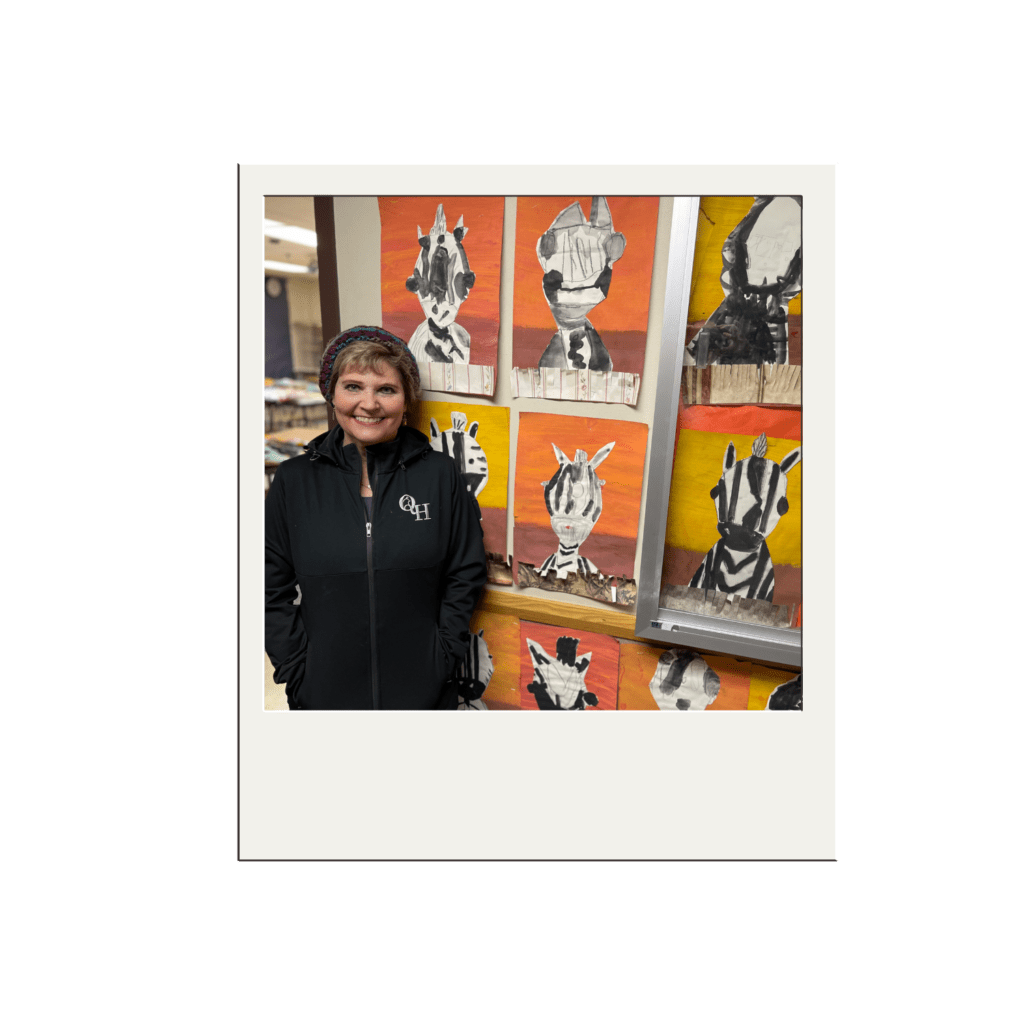
To hear Greg Leavitt explain his career, you’d think it evolved spontaneously. Upon returning from serving a mission for his church, he found himself walking the halls of the education building at the University of Utah. Soon after, he was standing in front of a classroom, teaching math at Butler Middle School. “I chose math,” Leavitt says, “Why? I have no idea.” But don’t be fooled. Leavitt didn’t become one of Utah’s most beloved and respected school leaders by happenstance. He was called to lead, colleagues say, because he’s an intuitive leader who knows the way, goes the way, and shows the way with equal parts bullheadedness and compassion. It’s with that “Leavitt or Leave it” style he served several middle school administrative posts, including helming Draper City’s first middle school, Draper Park Middle, which staff and administrators referred to as the happiest place on Earth next to Disneyland. It’s why Hillcrest High’s graduation rate, under his watch, rose 13 percent — an increase propelled by the gains of students who traditionally struggle the most. Surely, it’s how he’ll approach retirement. After six months of spontaneity, Leavitt and his wife plan to carry out service missions, continuing to adhere to the ideals of Carl Buehner who said, “They may forget what you said, but they will never forget how you made them feel.” Reflecting on his years in education, Leavitt said he hopes for his students and colleagues, “there is some of that..that they felt like I was fair and treated them right.”

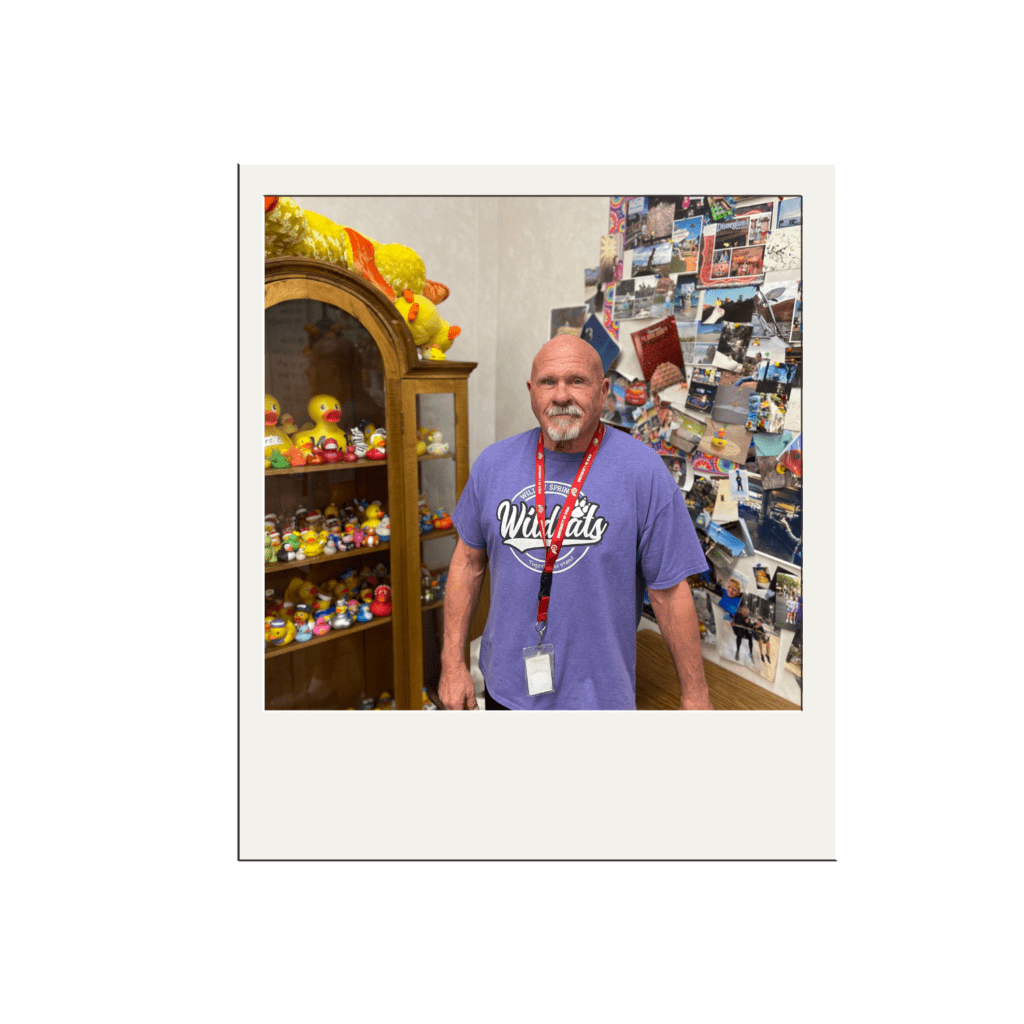
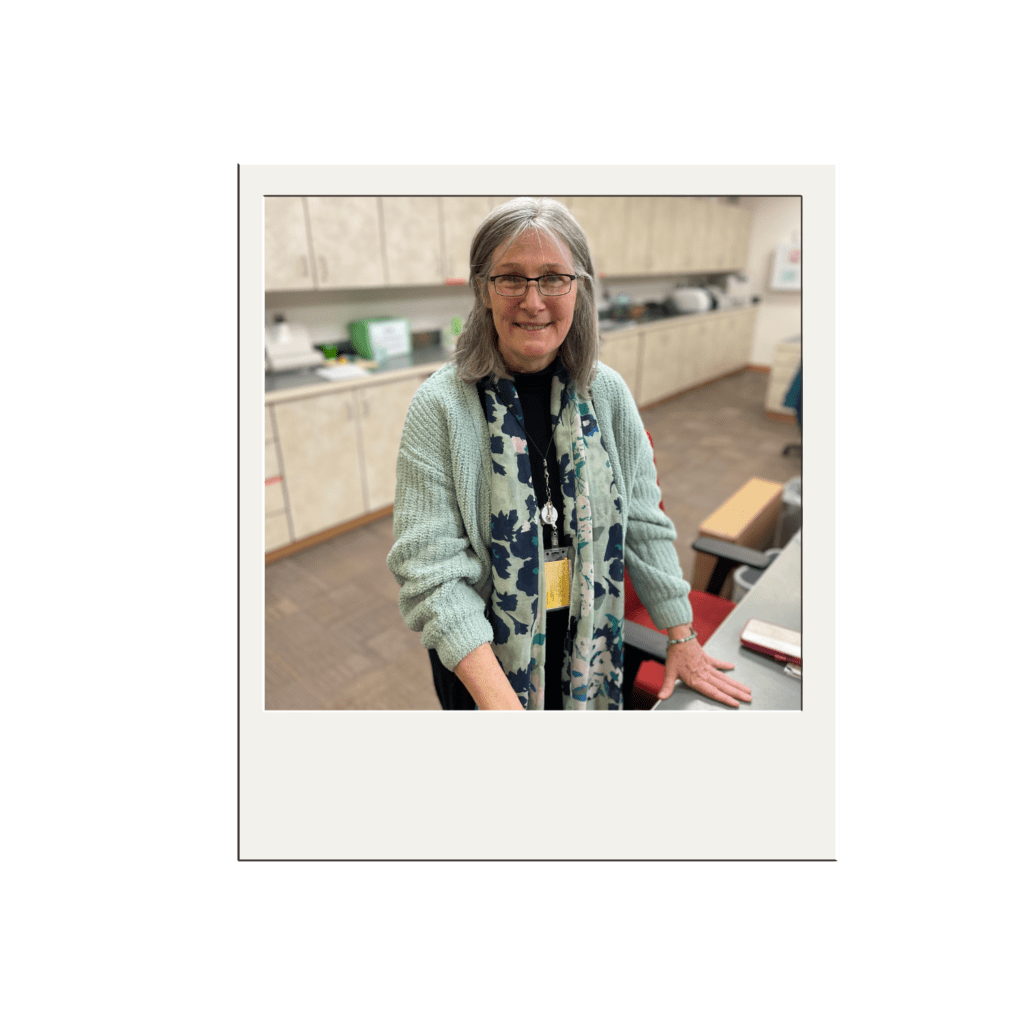

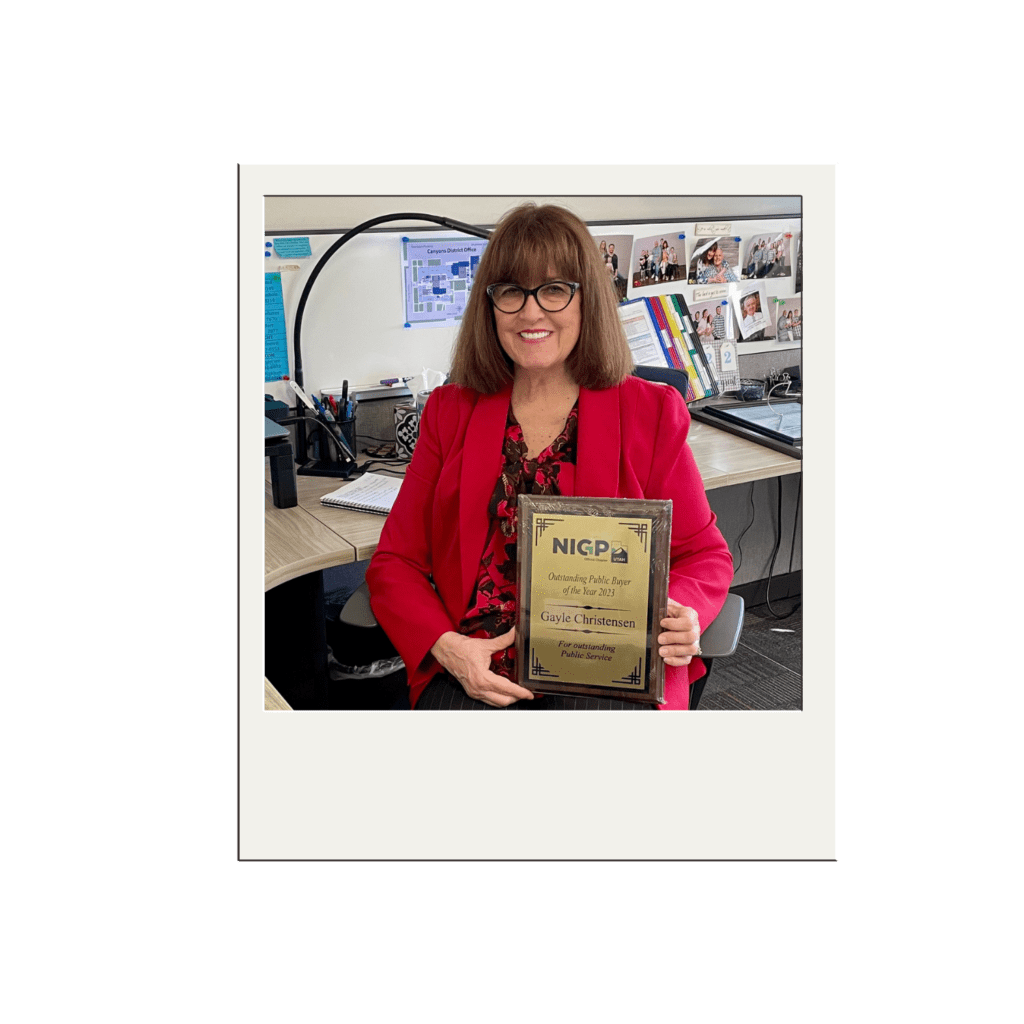
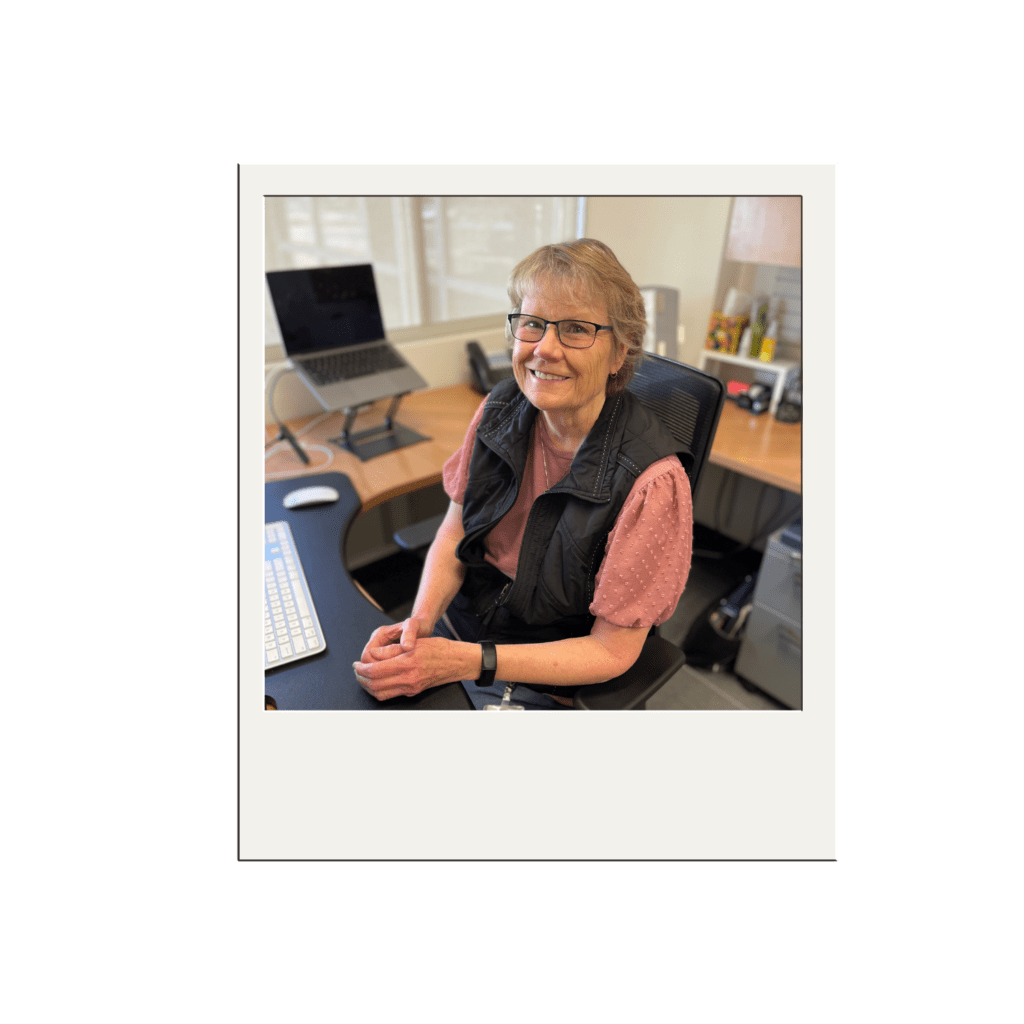

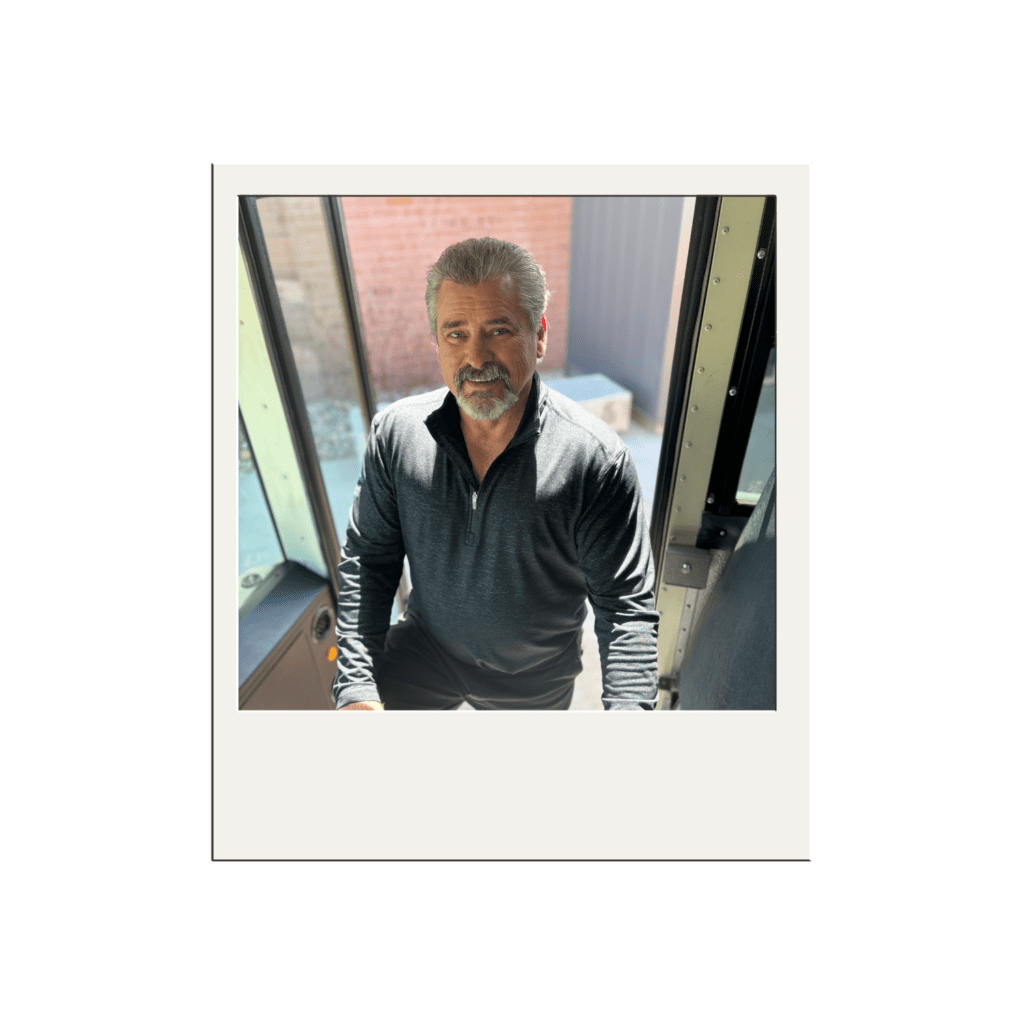
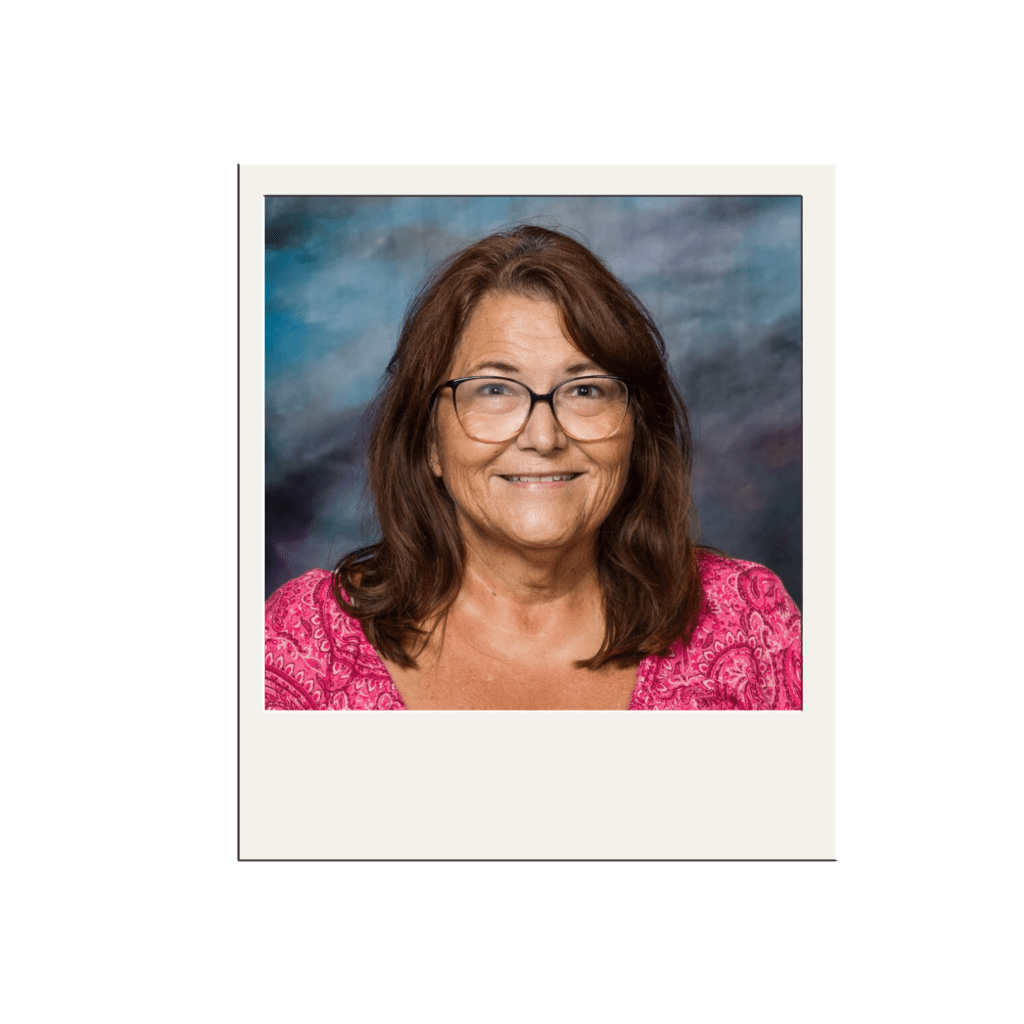
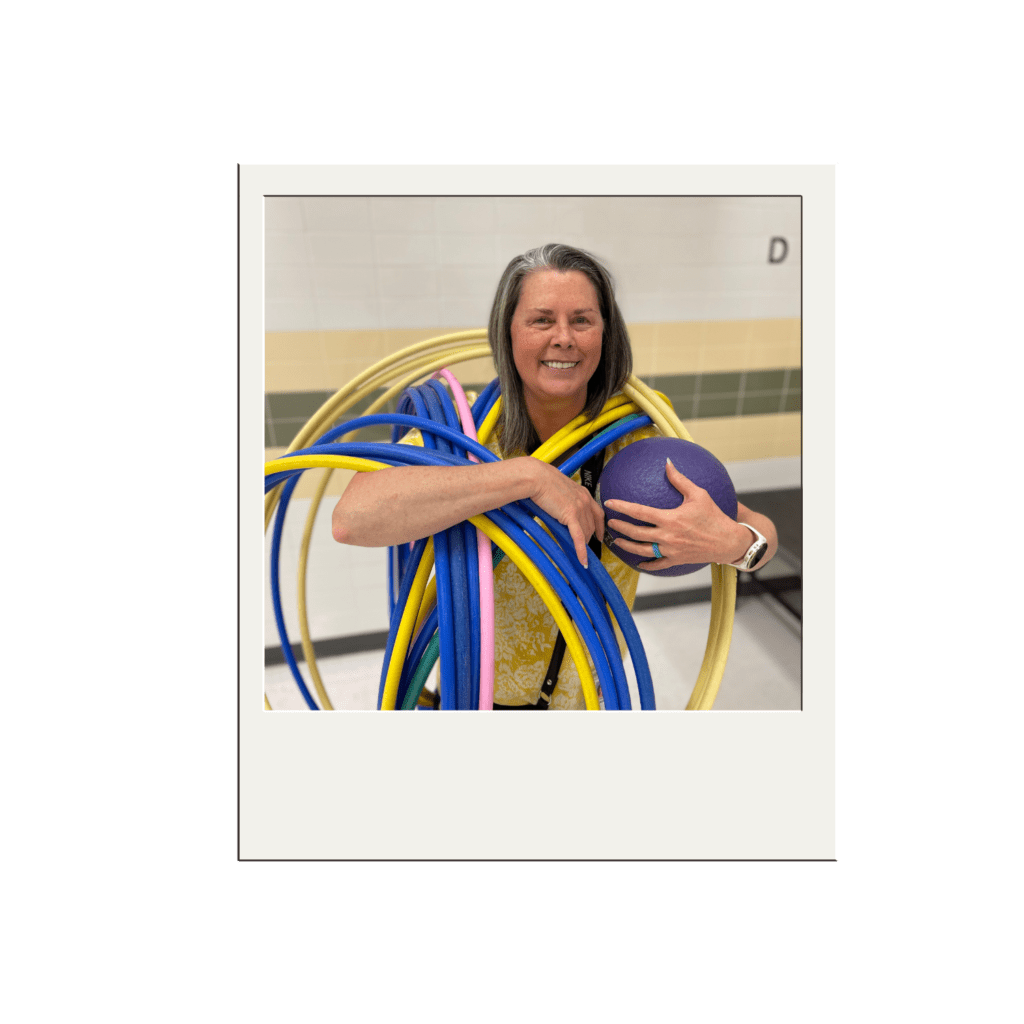

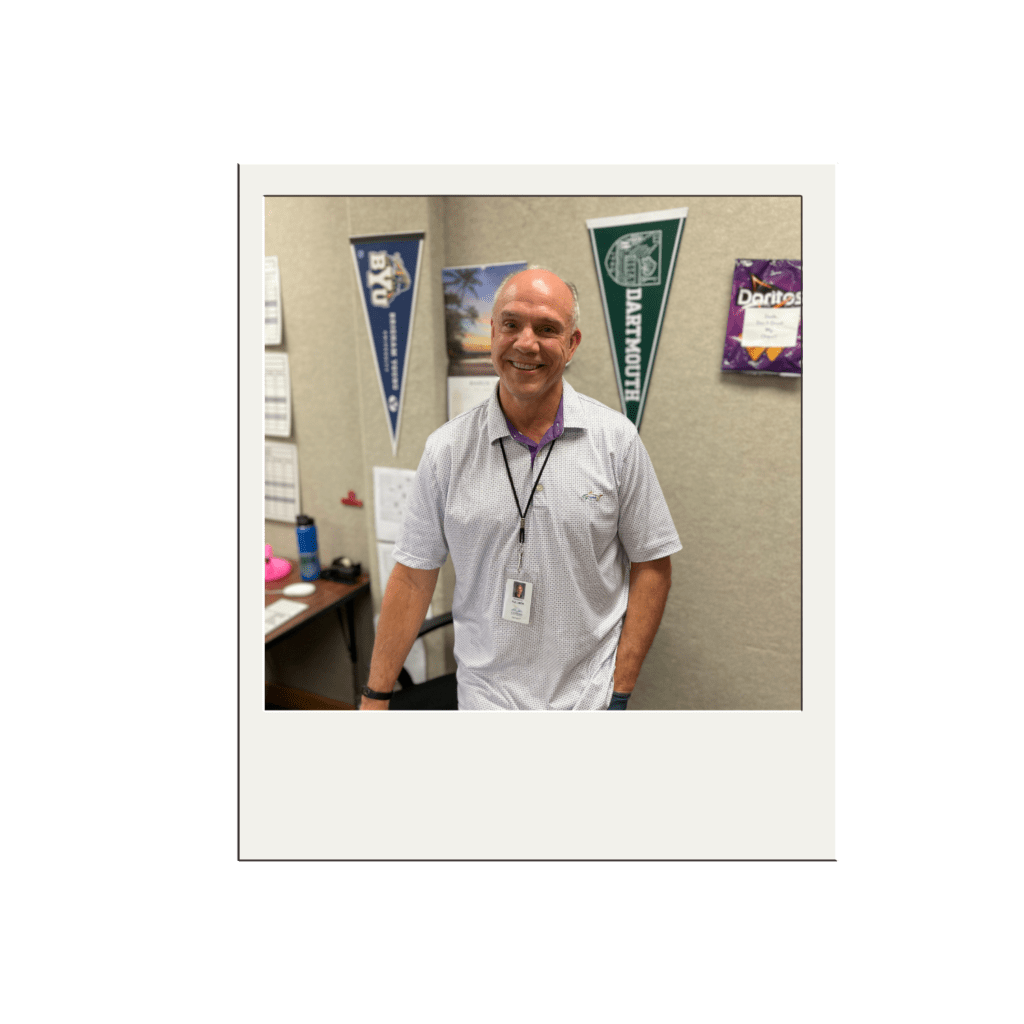



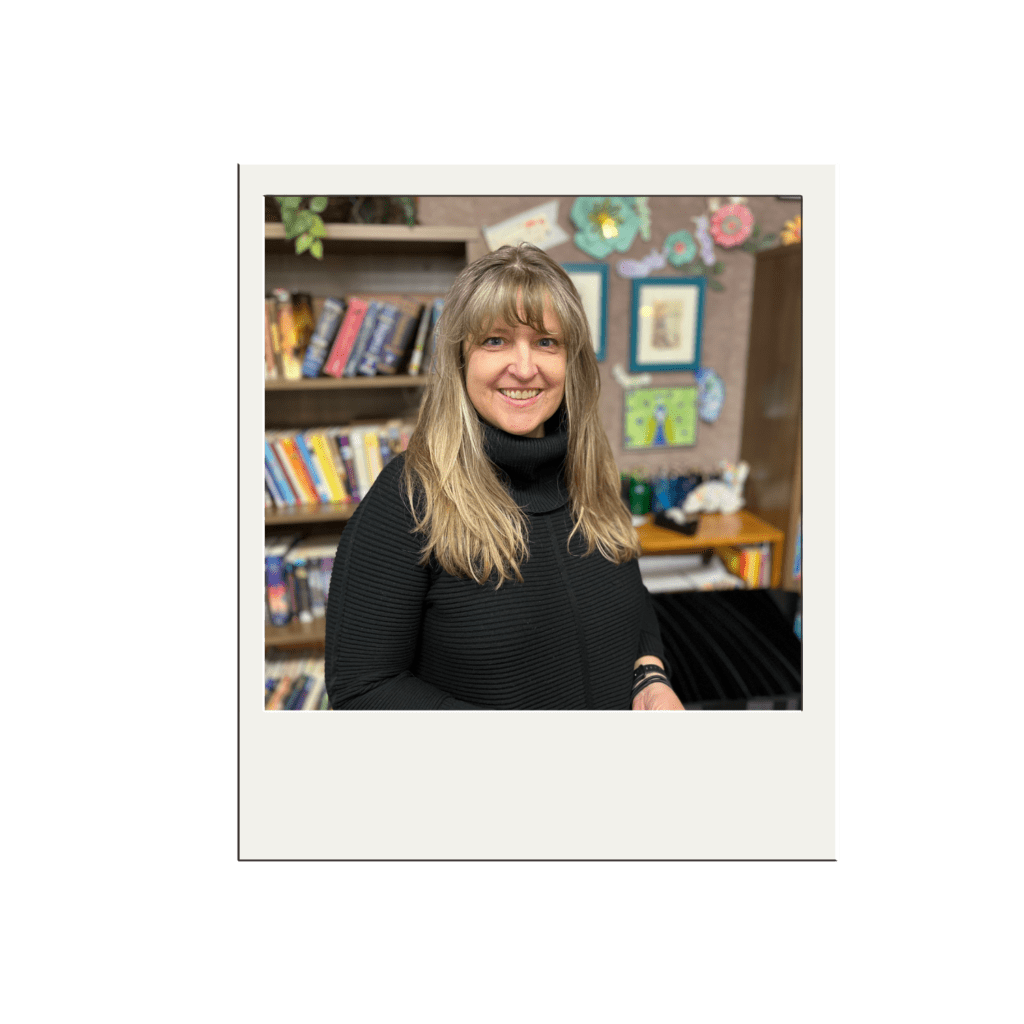
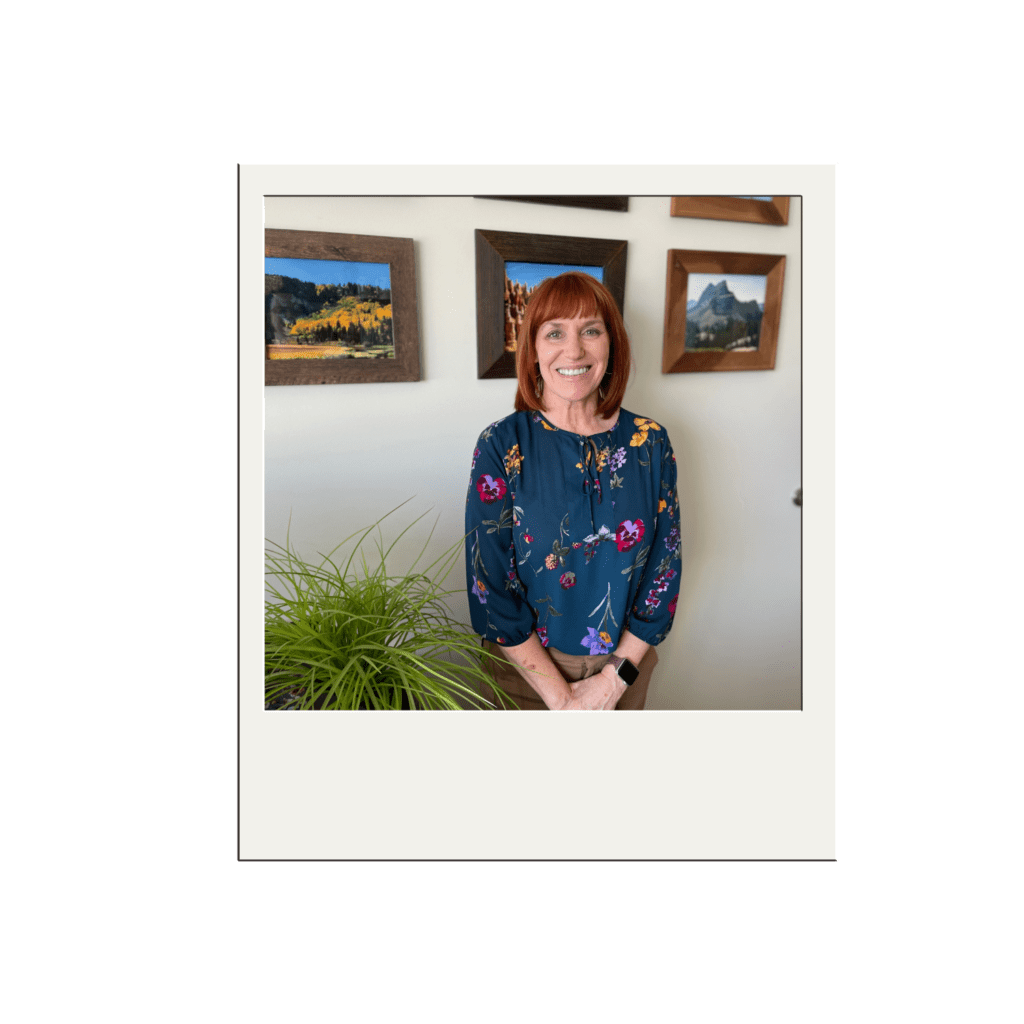

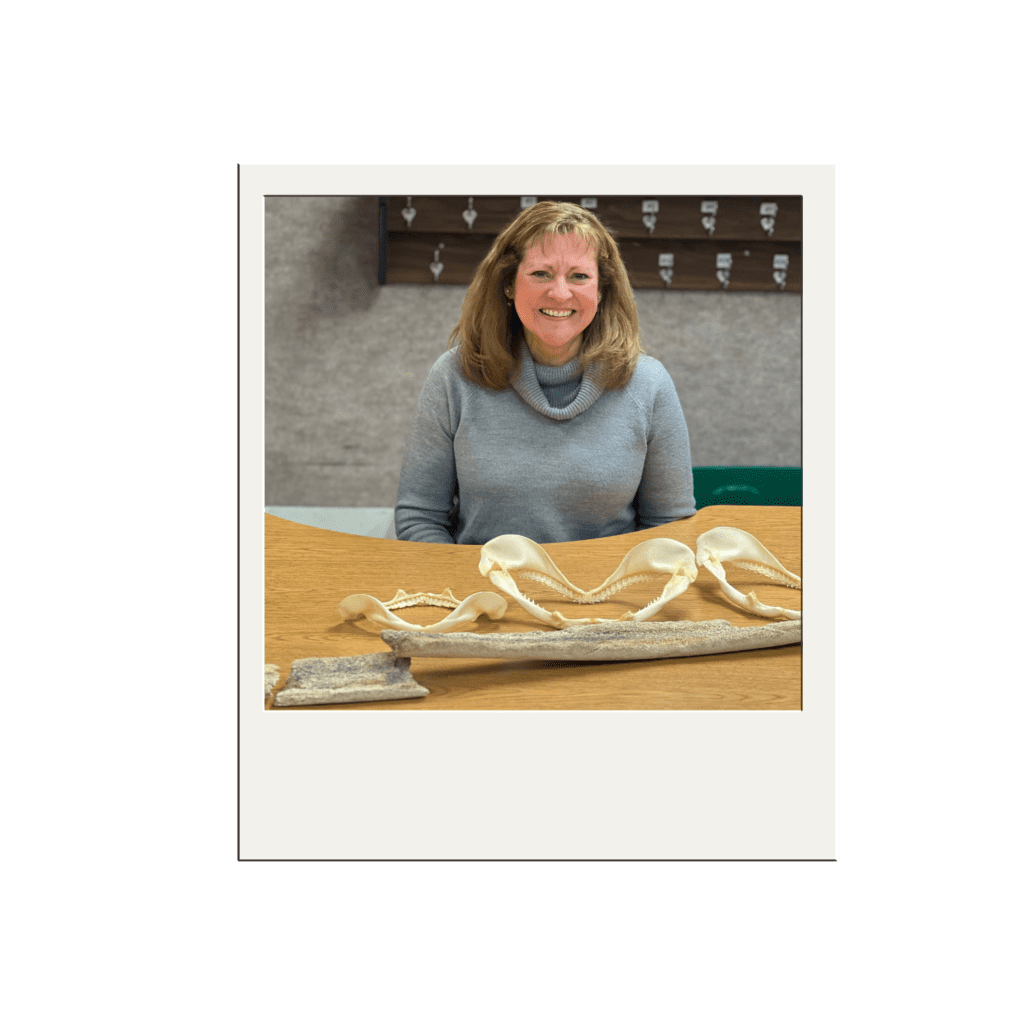
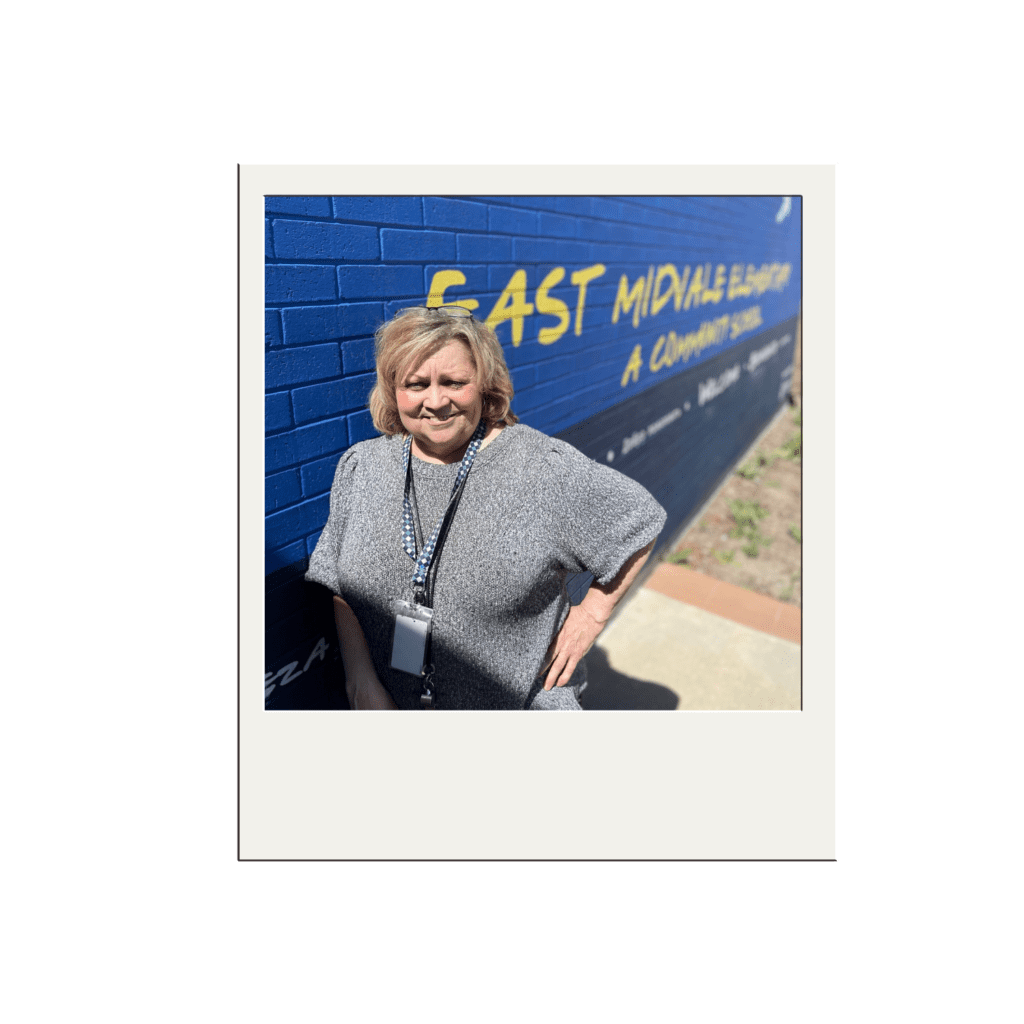 Michele Jardine already had a full-time job as a mother of three growing girls. Still, she took on the challenge of working part-time as a substitute at a Title I school. When the program she was a part of dissolved, she was offered a full-time job as a first-grade teacher at East Midvale Elementary. Twenty-two years later, she is still in touch with students from her first year even as she continues to mold young minds. “I think what keeps me coming back is it’s a fun challenge,” she says, “That, and the bonds you make.” Jardine taught six students from the same family and has been known to receive invitations to mission farewells, graduations, and weddings. While she’s retiring from full-time teaching, she has no plans to fully retire and would like to return to substitute teach now and then. Her students come first and she always worked to ensure each one felt important in their own way. “Hopefully they will remember that I took the time to meet their individual needs,” she says. Jardine looks forward to having more quality time with her daughters and 10 grandchildren, but says she will dearly miss her teacher colleagues and students.
Michele Jardine already had a full-time job as a mother of three growing girls. Still, she took on the challenge of working part-time as a substitute at a Title I school. When the program she was a part of dissolved, she was offered a full-time job as a first-grade teacher at East Midvale Elementary. Twenty-two years later, she is still in touch with students from her first year even as she continues to mold young minds. “I think what keeps me coming back is it’s a fun challenge,” she says, “That, and the bonds you make.” Jardine taught six students from the same family and has been known to receive invitations to mission farewells, graduations, and weddings. While she’s retiring from full-time teaching, she has no plans to fully retire and would like to return to substitute teach now and then. Her students come first and she always worked to ensure each one felt important in their own way. “Hopefully they will remember that I took the time to meet their individual needs,” she says. Jardine looks forward to having more quality time with her daughters and 10 grandchildren, but says she will dearly miss her teacher colleagues and students.